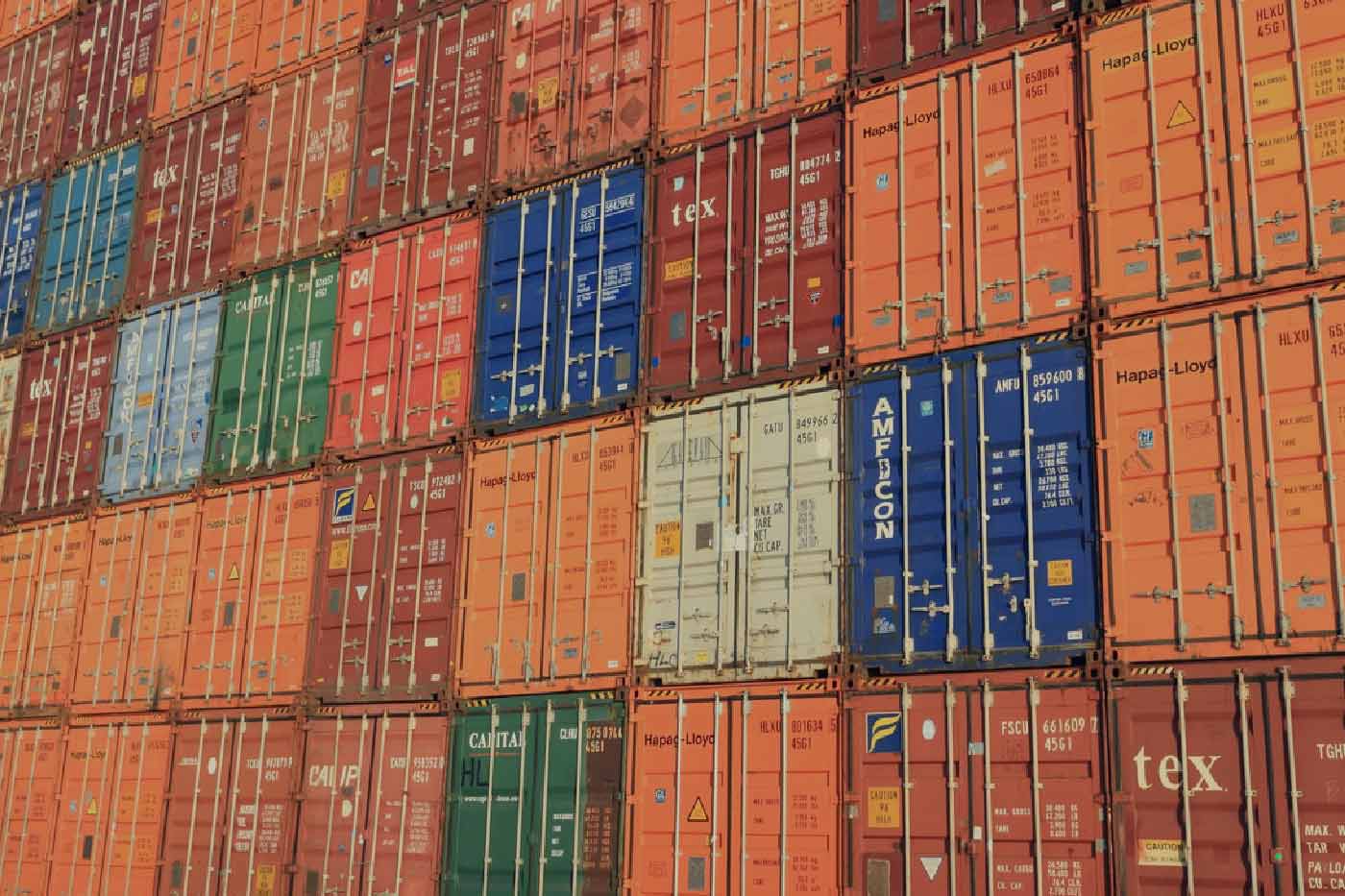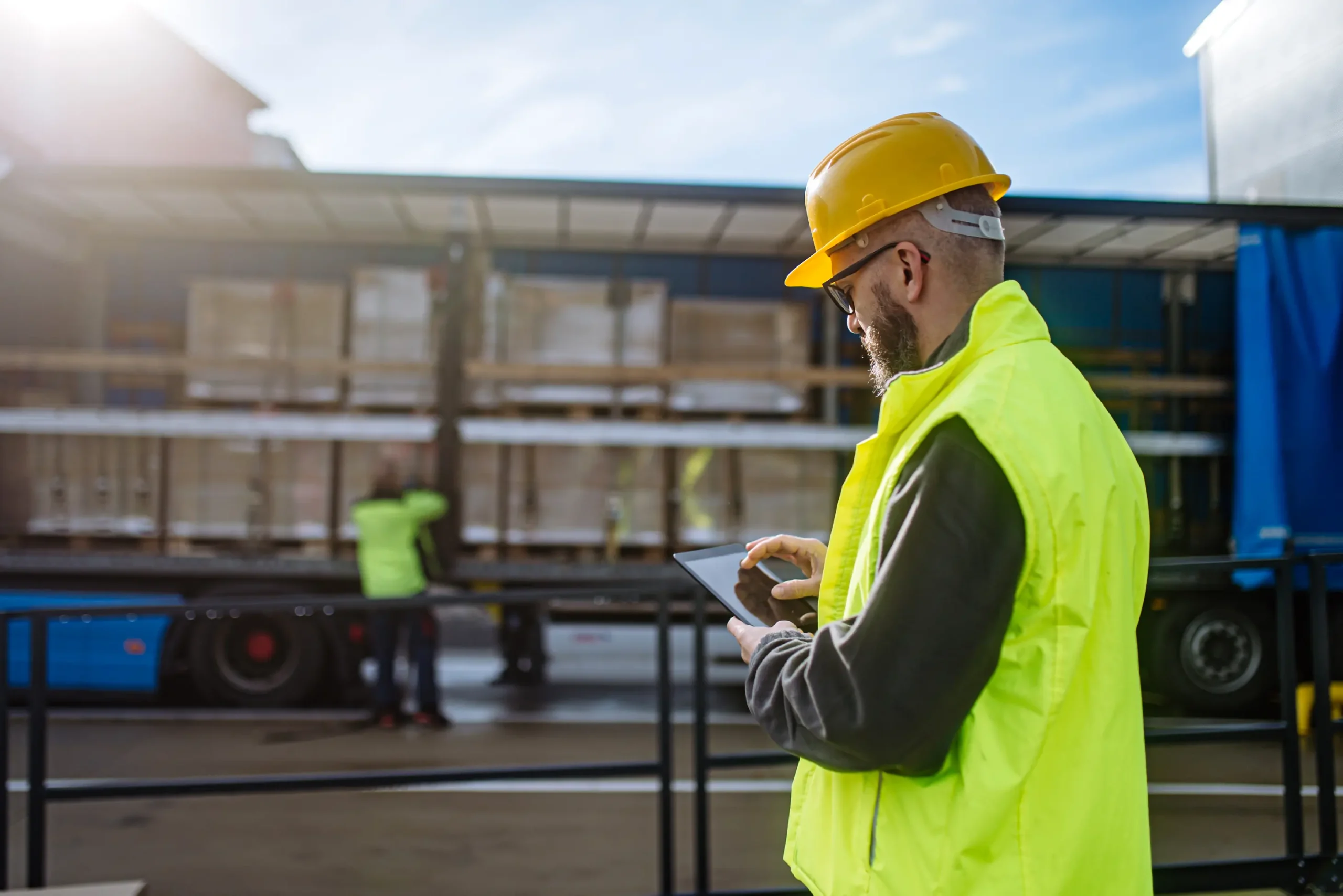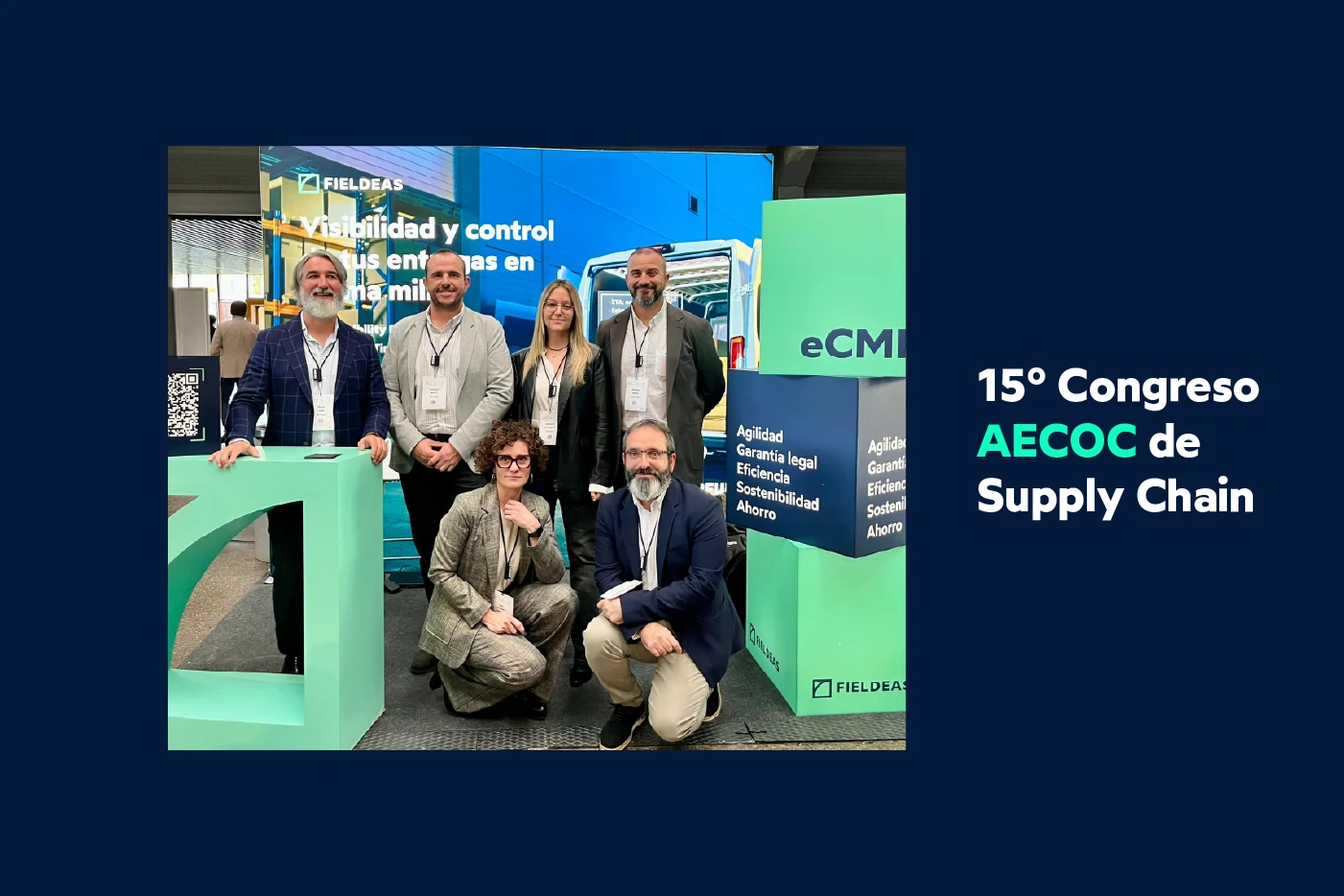Bottlenecks in the supply chain


Supply chains have been under great pressure for many months now. The disruptions in world trade result in bottlenecks that impede the normal functioning of logistics flows.
Several events have coincided over the last year and a half, giving rise to an anomalous situation that hinders the normal supply of companies and markets.
First, the health crisis and then the ‘Ever Given’ traffic jam in the Suez Canal started a process that has subsequently altered the operation of various production plants in different parts of the world.
This, in turn, has been disrupting container flows, resulting in a lack of capacity to move goods, fueling a vicious spiral that has spread difficult logistical conditions around the globe.
Meanwhile, the health crisis has also generated a high demand for some products, especially food, electronics and various household products, with a parallel increase in sales through the online channel.
Ultimately, the process has led to a whole complex of price shifts in the prices of various raw materials, energy and, finally, intermediate products such as electronic chips, as a result of strong demand and a shortage of supply.
This has generated an inflationary spiral that threatens the exit from the crisis and the global economic recovery.
In short, the last year and a half has seen a domino of circumstances that has led to a supply crisis on a global scale.
It is often said in the industry that logistics always goes unnoticed, until some circumstance causes the flows to stop functioning normally, and then society becomes aware of the whole network that allows all the complex relationships that move the world’s economy to function.
Thus, all the efforts of industry professionals are aimed at recovering lost normality, in an environment where supply chains are evolving to meet a dual objective: gaining resilience and agility.
In this context, solutions are urgently needed to return the situation to normal and restore the balance that will allow the normal operation of increasingly complex and globalized supply chains.
Precisely this feature of complexity and globalization of logistics chains makes it essential to use technological solutions to put each piece of the puzzle back in its proper place.
The aim is to return flows to the normality they lost more than a year and a half ago, which is crucial for the economic evolution of the coming months.
Specifically, this requires, first of all, complete visibility of the entire chain, without blind spots, and instantaneous.
This is especially critical at a time like the present, when the biggest shopping period of the year is approaching, first with Black Friday at the end of November, then with the Christmas and Epiphany campaigns and, finally, with the January sales.
Tools such as FIELDEAS Track and Trace, which allow full visibility of the supply chain in real time, are essential for this purpose.
FIELDEAS Track and Trace provides visibility and control from origin to final delivery by monitoring key information in real time.
This improves the management and traceability of orders, guaranteeing efficient and sustainable deliveries, while optimizing fleet management and improving customer relations through a hyper-connected logistics model.
Systems such as FIELDEAS Track and Trace allow continuous monitoring of the various stages of transport and enable corrective action to be taken to allow products to reach their destinations just when they are needed. Especially now, when Santa Claus or the Three Wise Men can’t wait.
However, the advantages of FIELDEAS Track and Trace compared to other traceability systems are centered on its integral conception that allows it to organize visibility with a business vision and, in addition, its powerful integration capacity, which facilitates the alignment of the operation of any supply chain, no matter how complex and internationalized it may be.
In this sense, visibility tools allow us to respond with agility to a changing environment dominated by great uncertainty. Seeing what is happening in all links of the chain helps decisively to adapt means, equipment and personnel to ensure the smoothest possible operation of logistics activities.
This achieves the second objective, that of resilience: Those supply chains that make the best use of visibility technologies will be in a better position to make their products available to consumers at precisely the time when demand is at its highest.
Only resilient supply chains, able to maintain their activity against all odds, no matter how adverse, and agile, able to respond to unexpected events and establish alternative supply routes, will be in the best position to survive an extraordinarily challenging time.

07 Nov 2025
Measuring to improve: why your digital form needs KPIs
In the current business scenario, where efficiency and traceability are key to competitiveness, the digital form has become an essential resource for capturing, organizing and analyzing data in real time….

04 Nov 2025
How to integrate eCMR into your company: A step-by-step guide to digitizing transportation
We have already talked several times in this blog about the importance of starting the digital transformation of transportation with document digitalization or eCMR. On this occasion, we are going…

31 Oct 2025
How digital forms drive sustainability in industry
Digital forms have gone from being a simple operational tool to become an essential component of industrial sustainability strategies. Beyond replacing paper, its use transforms the way organizations collect, manage…

29 Oct 2025
Supply chain challenges and the key role of digitization
The 15th edition of the AECOC Supply Chain Congress brought to the table the main challenges facing the supply chain in an uncertain, volatile and highly competitive environment. Under the…